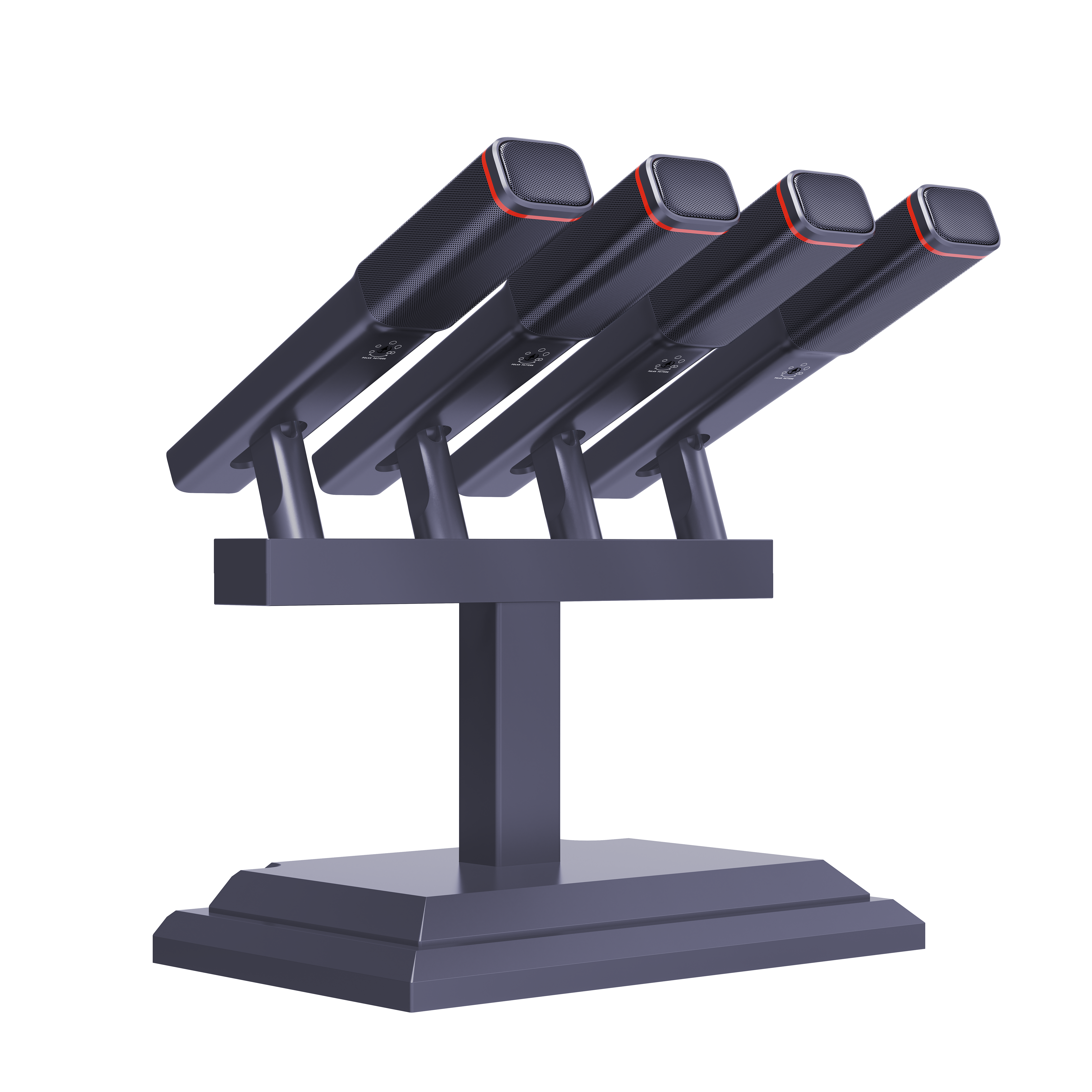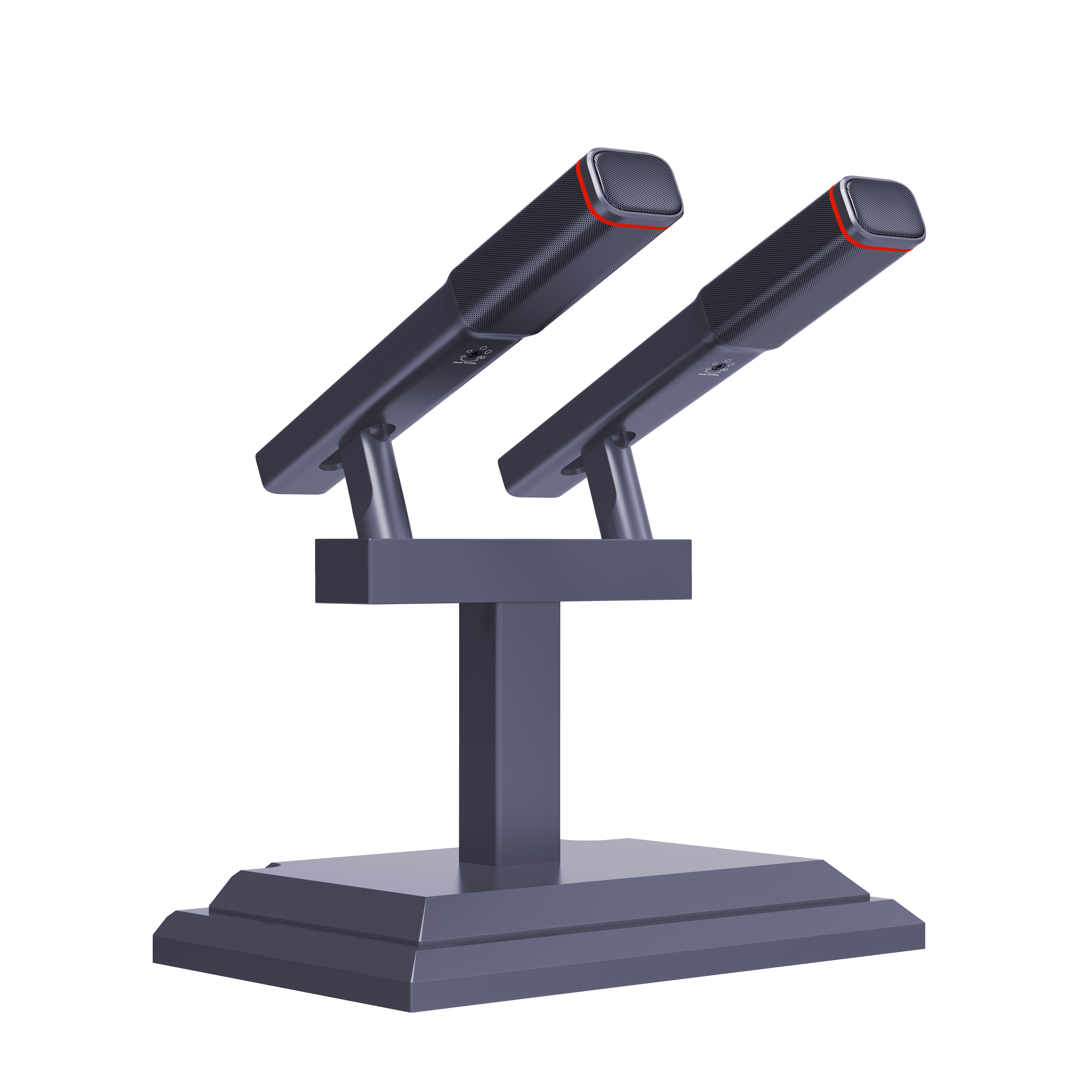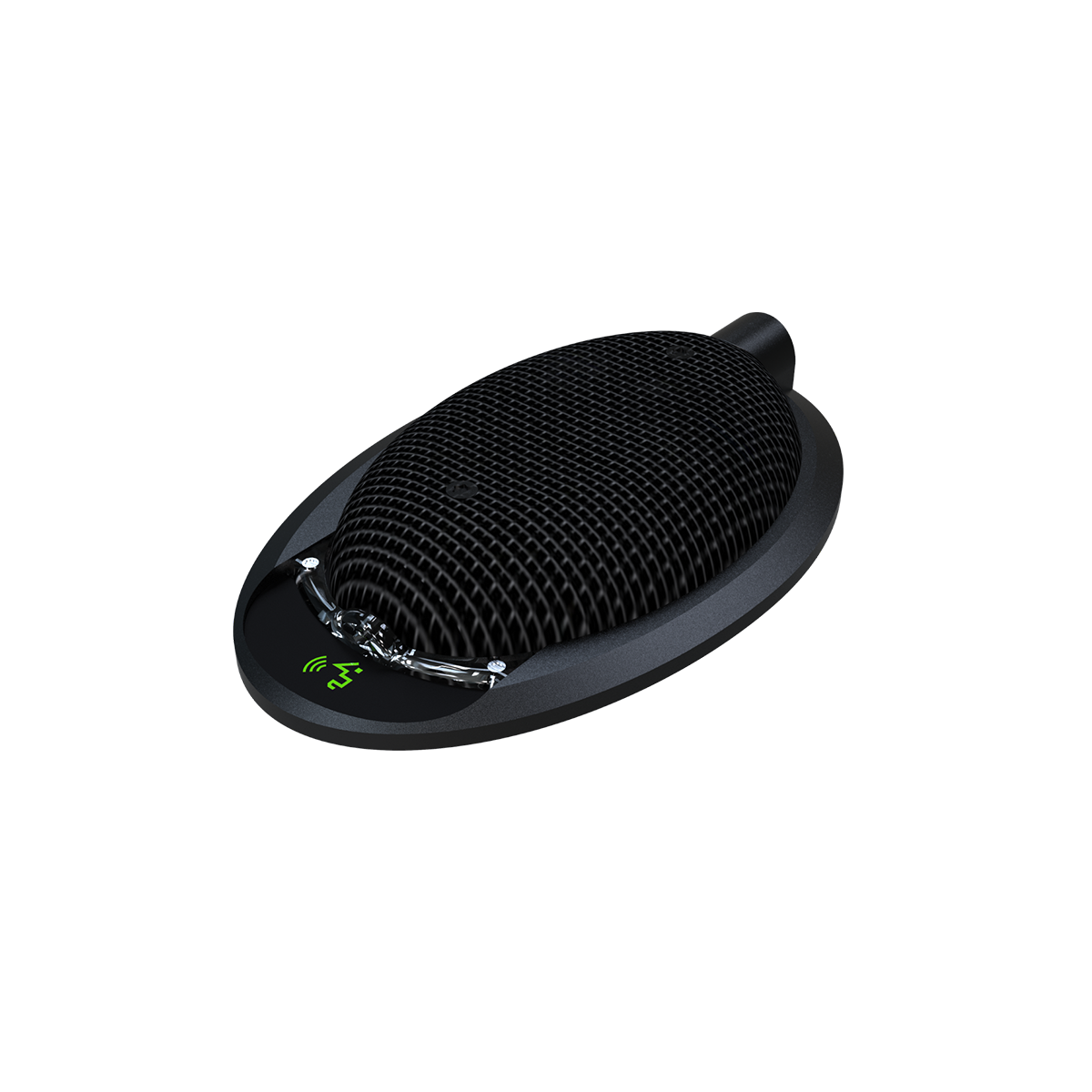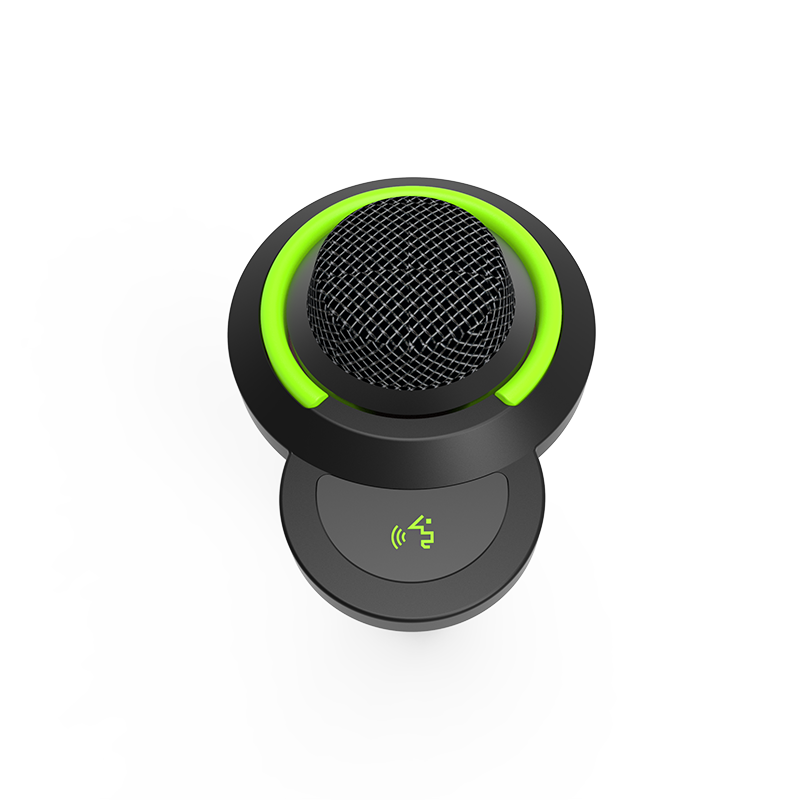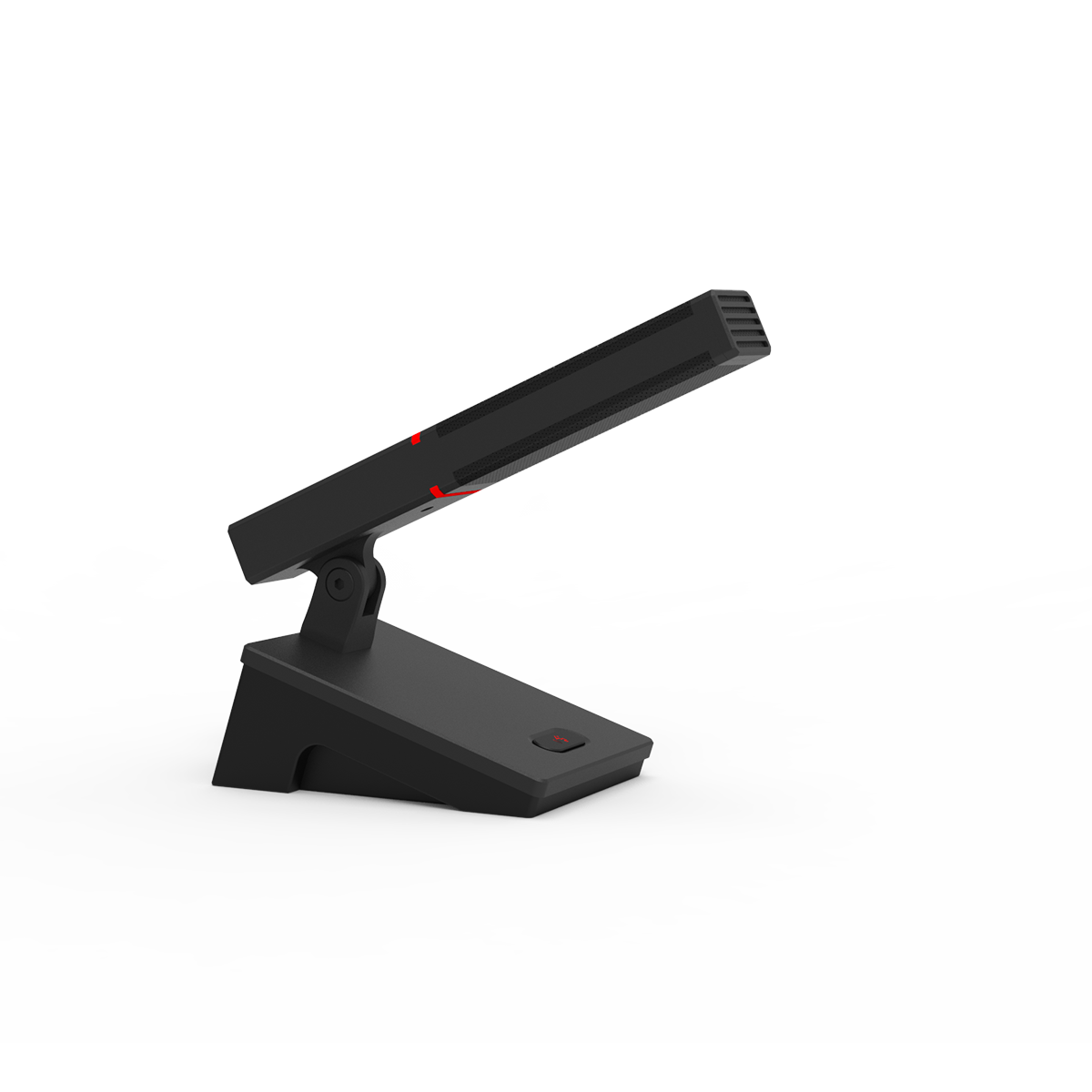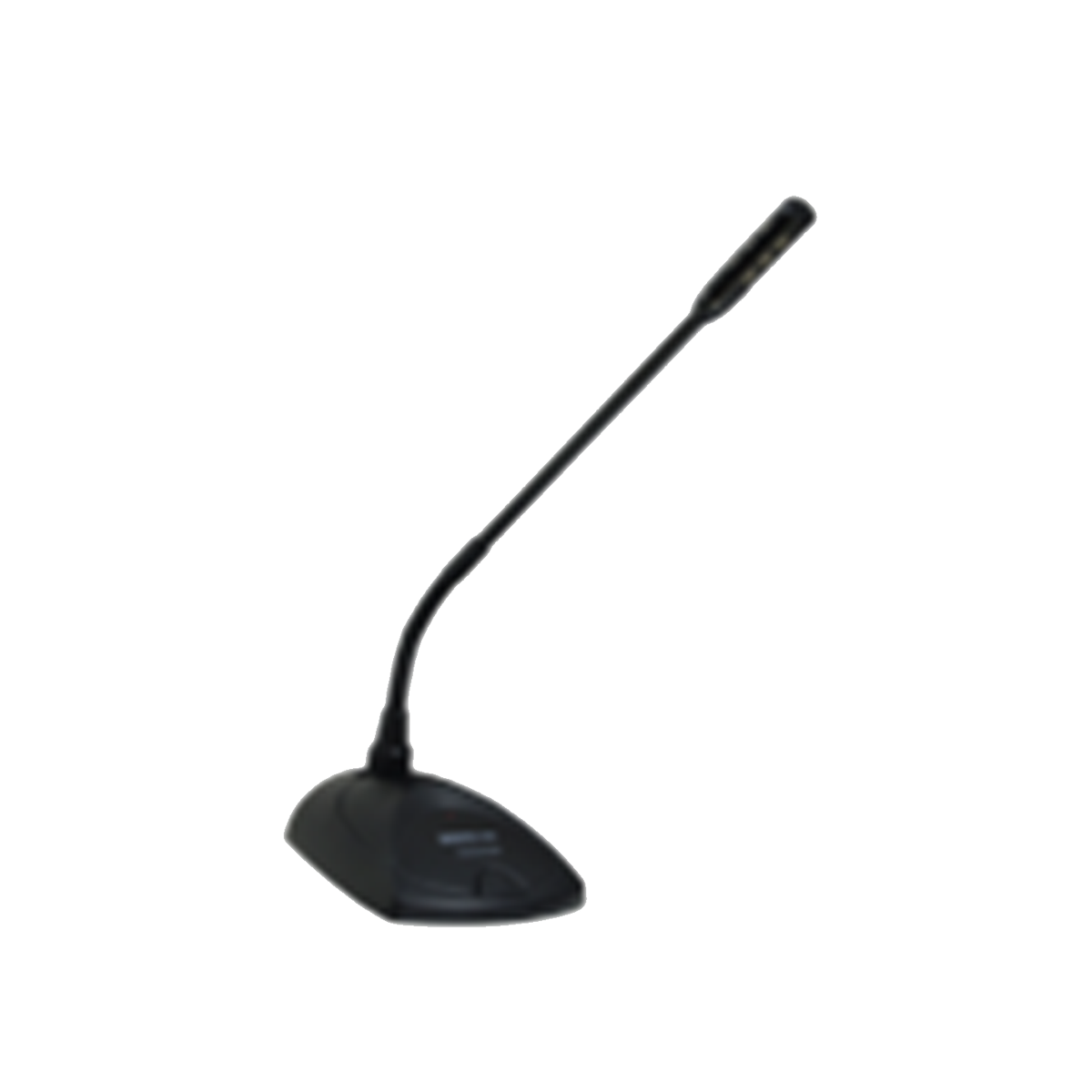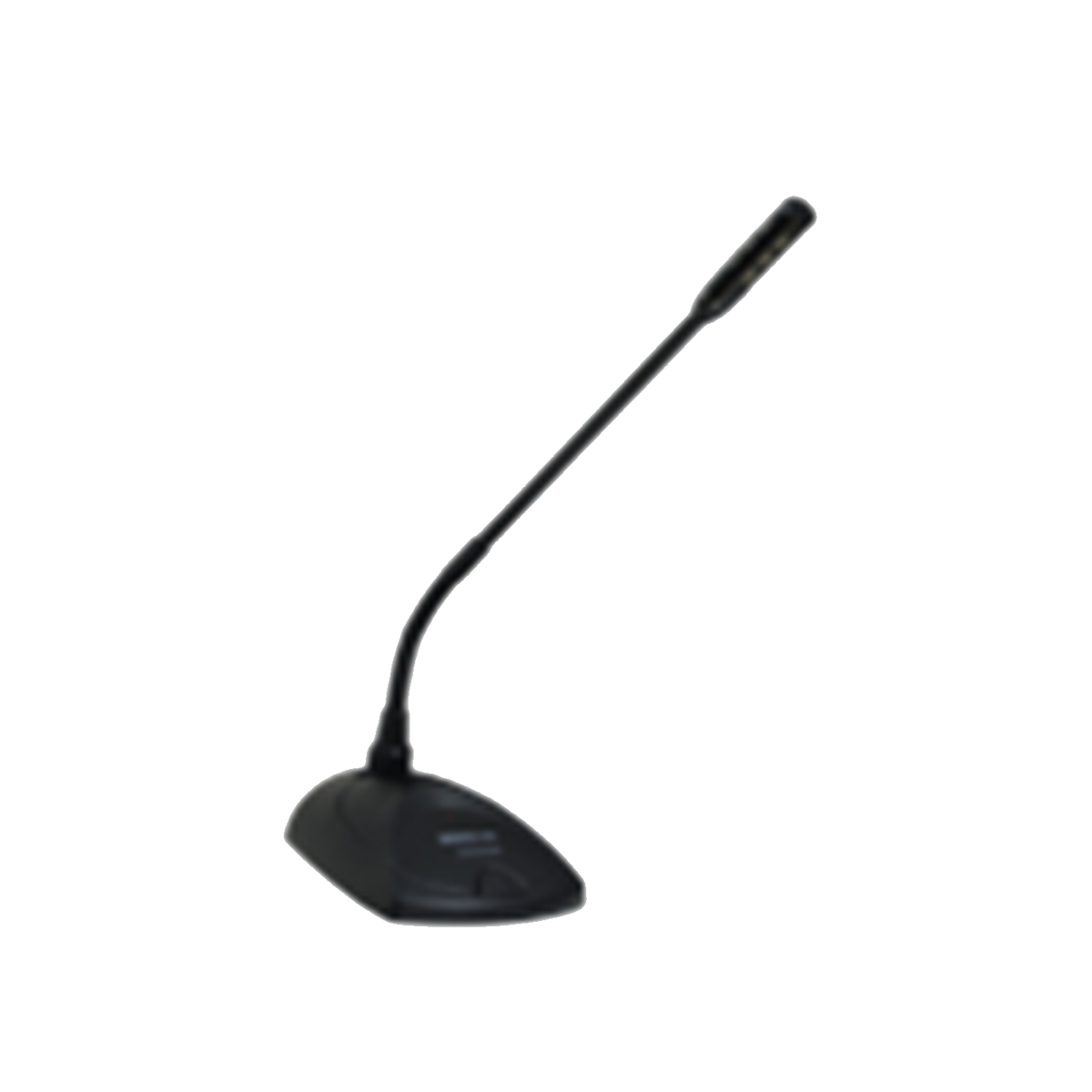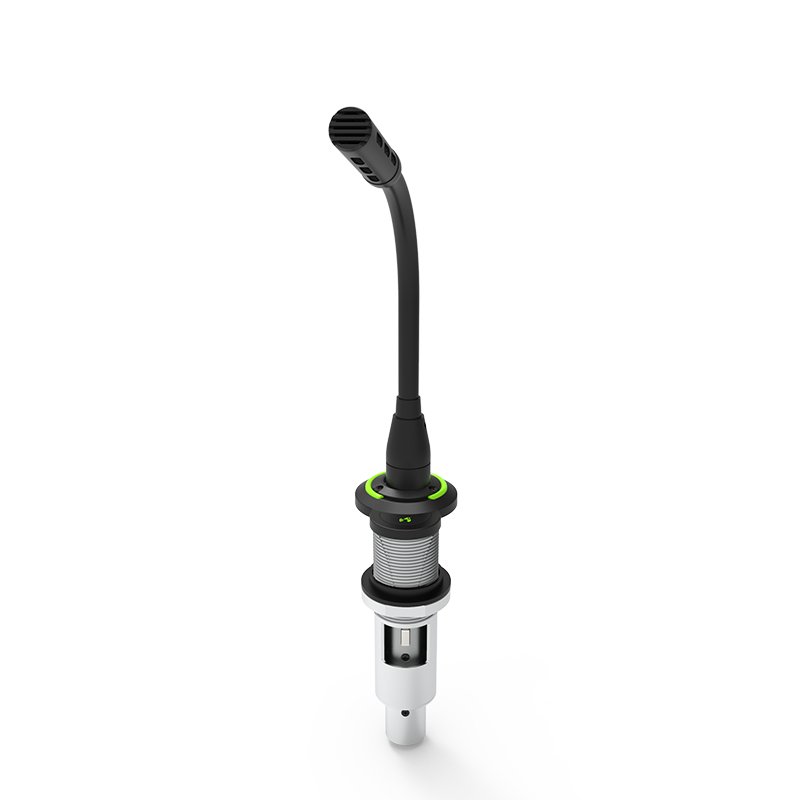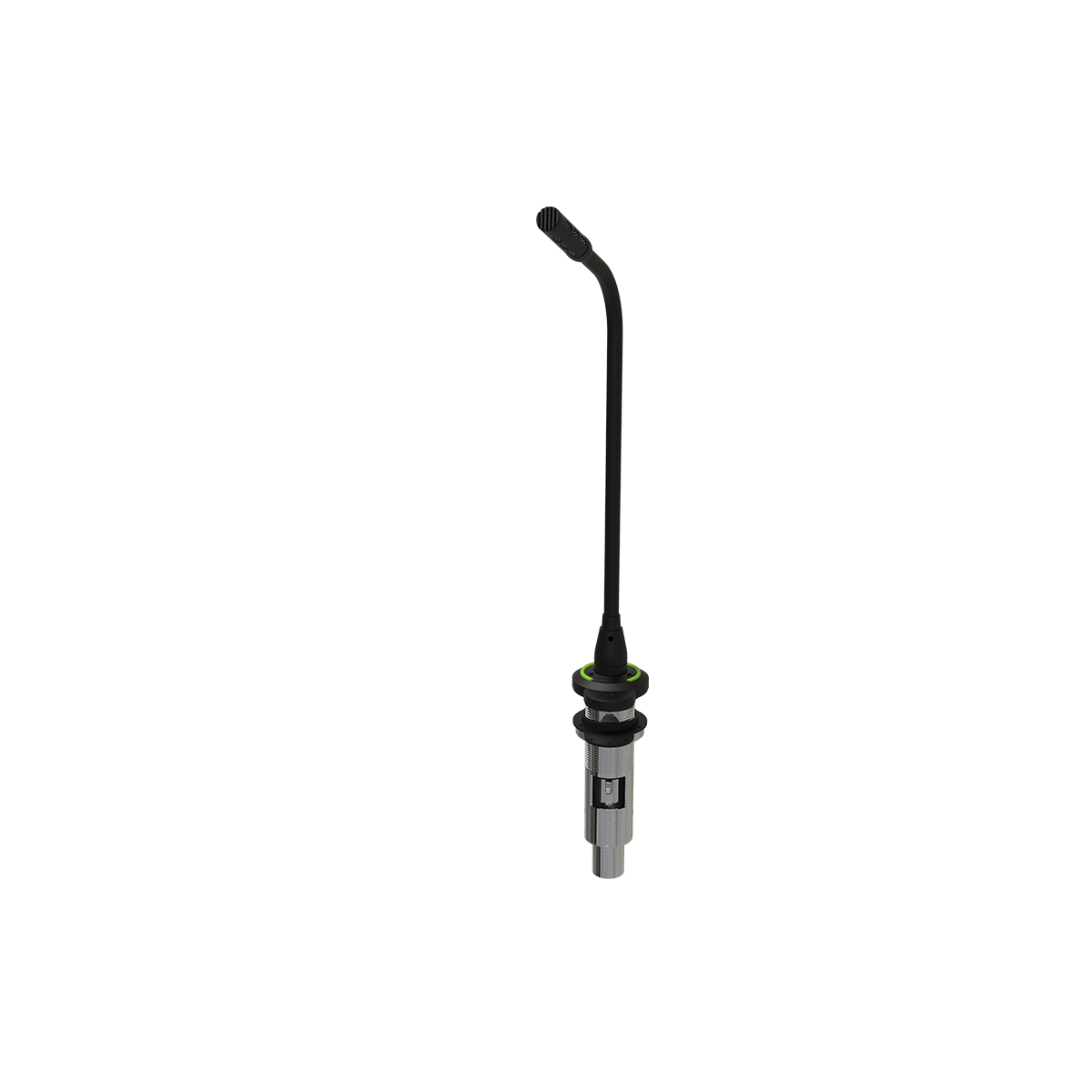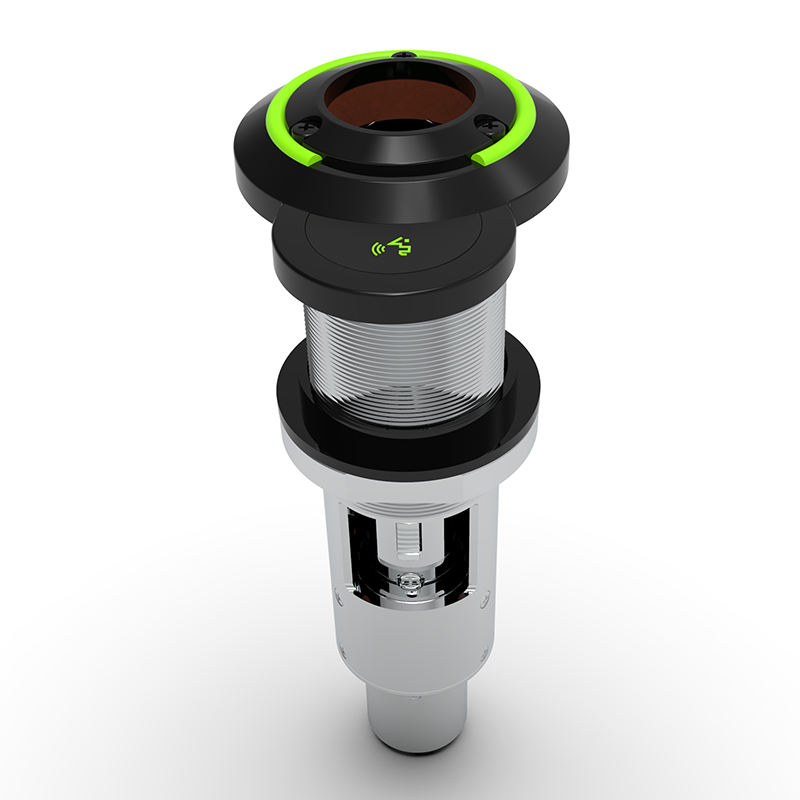Product Features
• Exquisite embedded structure with high concealment.
• Supports five polar patterns: Omni-Directional, Cardioid, Super Cardioid, Wide Cardioid, Figure-of-Eight.
• All-metal shell, resistant to RF interference.
• Professional 5-core Canon female output.
• Supports 48V phantom power operation.
• Compatible with IT80A embedded microphone base.
• Anti-vibration rubber isolation ring reduces vibration or impact noise from the installation surface.
• Built-in windshield, no additional handling required.
Technical Paremeters
Microphone Type: Cardioid Condenser
Polar Patterns: Omni-Directional, Cardioid, Super Cardioid, Wide Cardioid, Figure-of-Eight
Power Consumption: 2W
Impedance: 120Ω
Frequency Response: 90Hz–17kHz
Maximum SPL: 120dB @1% T.H.D., 1kHz
Power Requirements: 24V / 48V, 4mA
Sensitivity: -32dBV (25mV) @1Pa
Pole Dimensions: 415mm
Pole Weight: 150g
Key Advantages of Analog Microphones
1. Simplicity and High Reliability
Plug-and-Play Operation: Analog systems typically require no complex network configuration, IP addressing, or software management. They work immediately after being connected to a mixer or audio processor, making setup quick and straightforward.
Exceptional Compatibility: Standard XLR and 6.35mm jacks are the universal language of the audio industry. They are compatible with virtually any mixer, amplifier, or recording device with matching inputs, ensuring seamless integration into existing systems.
2. Low Latency (Real-Time Performance)
Instantaneous Signal Transmission: The analog audio signal is transmitted almost instantaneously from the microphone to the receiving device. There is no encoding/decoding or packet processing delay inherent to digital systems.
Critical for Live Applications: This near-zero latency is crucial for live sound reinforcement, monitoring, and any application where timing is critical, ensuring the sound from the speaker arrives in perfect sync with the source.
3. Cost-Effectiveness
Lower Unit Cost: Generally, analog microphones and the required supporting equipment (basic mixers) are less expensive than their digital counterparts (IP microphones, DSP processors, network switches).
Reduced System Complexity: For small to medium-sized setups, an analog system can be more economical as it avoids the need for specialized IT knowledge or network infrastructure.
4. Proven Technology and "Warm" Sound Character
Established and Understood: Analog technology is mature and well-understood by audio engineers worldwide. Troubleshooting is often simpler, involving signal path checks rather than network diagnostics.
Subjectively Pleasing Sound: Many professionals and audiophiles appreciate the characteristic sound of analog signal paths. High-quality analog microphones are known for their smooth frequency response and can impart a certain "warmth" that some prefer.









